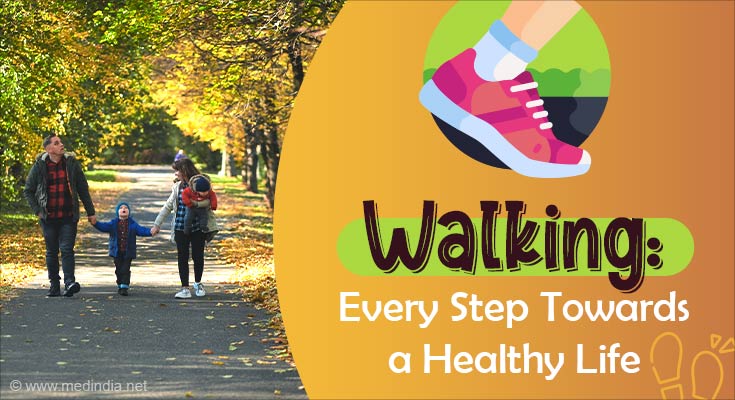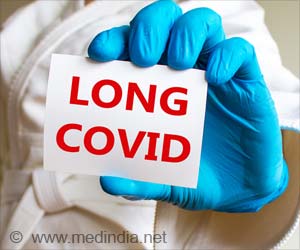Yes, walking workouts can provide many of the same advantages as running does for people of all ages and
levels, from beginners to top athletes.
Overall, walking is an easy and efficient technique to reduce fat and enhance your health.
Walking is an easy, low-impact activity that has many positive health effects. The following are a few of the main health advantages of walking:
Nature-based outdoor walking can have a variety of positive effects on one’s physical and mental health. Aim to get outside into nature regularly, whether it’s for a walk in the park or a hike in the mountains.
The following are some of the major health advantages of spending time in nature:
-
Reduces Stress:
Spending time outdoors can help lower stress and anxiety levels. Cortisol, the hormone linked to stress, has been proven to be reduced by exposure to natural environments
-
Enhances Mood:
Spending time in nature can enhance happiness and emotions of well-being. Spending time in green areas has been linked to fewer depressive symptoms, according to studies
-
Immune System Booster:
Exposure to natural environments can aid in immune system boosting. This is attributed to the advantages of phytoncides, which are organic compounds generated by plants and trees
-
Increases Physical Activity:
Spending time in nature outdoors can boost physical activity levels, which has a number of health advantages, including lowering the risk of chronic diseases like diabetes and heart disease
-
Improves Sleep:
Spending time in nature can enhance both the quality and amount of sleep. The body’s normal sleep-wake cycle can be regulated by exposure to natural light and clean air
Walking is a fantastic form of exercise that has many positive health effects. To reap such benefits, aim for at least 30 minutes of daily, moderate-intensity walking.
Advertisement
“Let’s walk for better health.”
References :
- How many steps/day are enough? for adults – (https://www.ncbi.nlm.nih.gov/pmc/articles/PMC3197470/)
- Daily step goal of 10,000 steps: a literature review – (https://pubmed.ncbi.nlm.nih.gov/17716553/)
Source: Medindia



